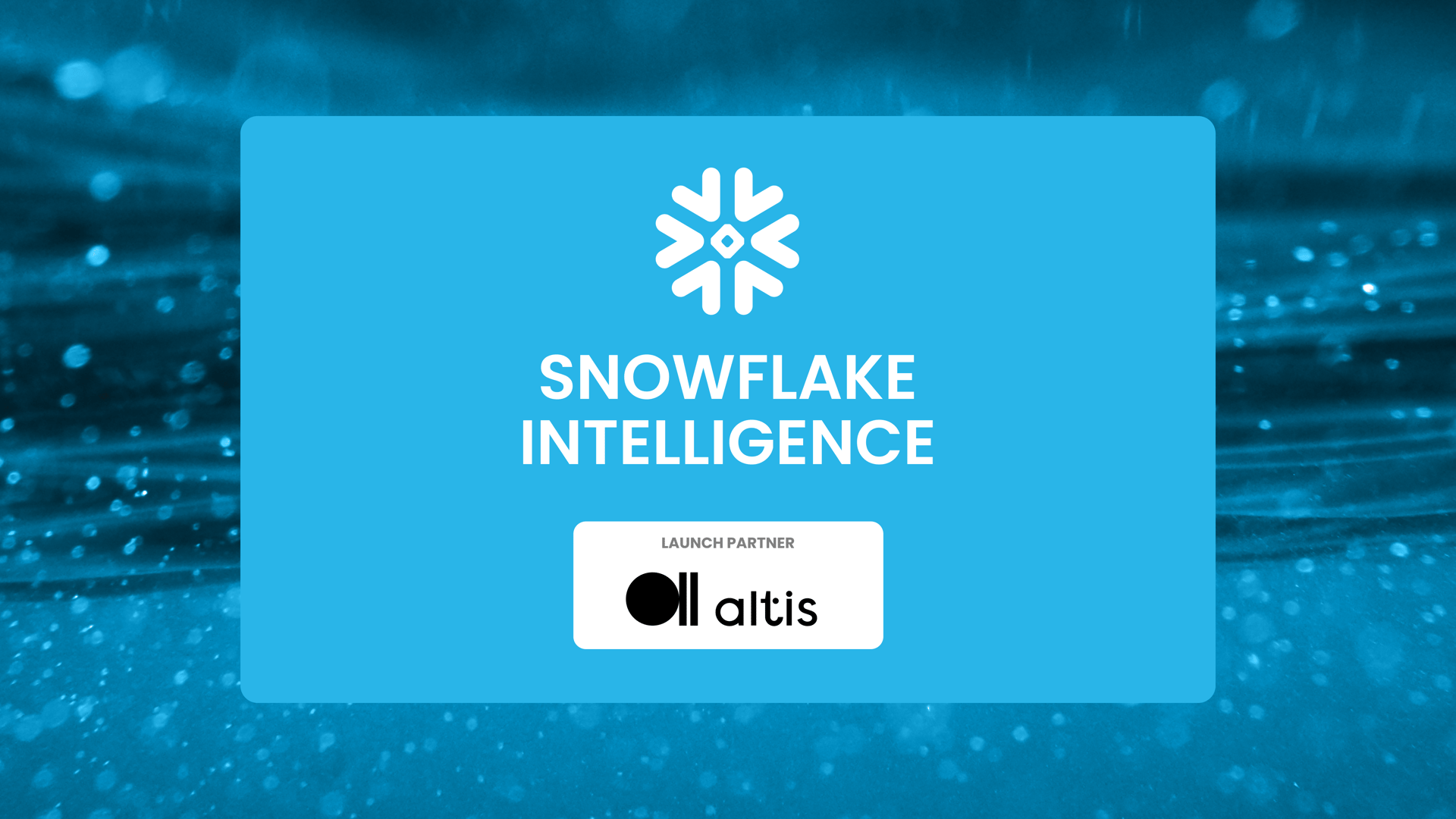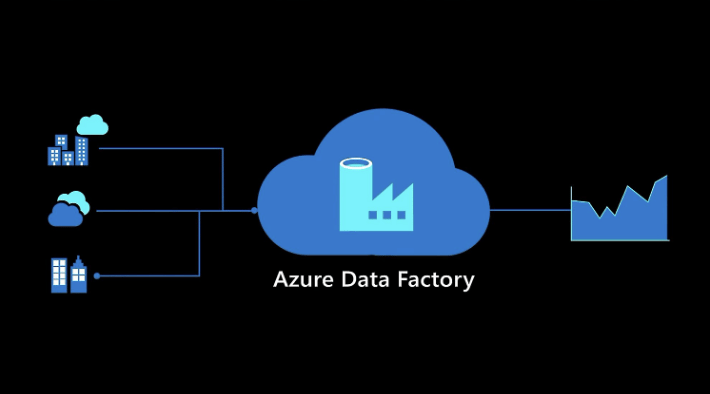Hyperscaler native vs best of breed services – what should you choose for your cloud data & analytics solution?
6 minute read
8 October 2024

Introduction
The majority of the data & analytics solutions that we deliver at Altis leverage public cloud services from the 3 main hyperscalers namely AWS, Microsoft Azure and Google Cloud. When we are working with clients who are at the start of their journey, most have either already chosen their hyperscaler or indicated a strong preference towards one. However, these clients usually realise that there is a number of native as well as third party services available within their chosen/preferred cloud that could potentially meet their needs. Clients can take one of the following 2 approaches when picking their core data platform followed by other services covering data ingestion & integration, data visualisation, advanced analytics and any other required capabilities:
- Pick the services that are the best fit for each capability, regardless of whether these are native or third party.
- Stick to hyperscaler native services and only leverage third party services by exception.
Often, I also see clients overwhelmed by the available choice and turn to us for guidance. For example if they are on Azure and need to start by choosing a core data platform service, should they pick Fabric? Or maybe an Azure SQL database would suffice? But what about Snowflake or Databricks? To facilitate the decision making process, there are 3 key considerations that clients need to be mindful of.
Vendor relationship & management
For many organisations, there are several reasons which may push them to stick to the hyperscaler native services:
- It may be very hard to onboard new vendors and there may not be an appetite to work with new vendors through a lengthy/complex onboarding process.
- There may be an enterprise (or in some cases industry-wide) agreement with the hyperscaler, with a broader range of services being used outside of data & analytics, making it a lot more cost-effective from a cloud service cost perspective to stick to them.
- The hyperscaler data & analytics services have better native integration with other services already in place (although this is often a misconception as third-party services can potentially also integrate well with hyperscaler services).
- Further to the above, it can also be easier to just deal with one vendor i.e the hyperscaler, both from a contracting and ongoing support perspective.
Solution capabilities and time to value
If the data & analytics program is tied to strategic business objectives, it may be more important to assess whether third-party services can fast-track the delivery of key solution capabilities. Some examples of these include:
- Selecting a managed lakehouse service such as Snowflake can speed up both the cloud data platform set-up and delivery and existing resources with SQL skills can quickly be brought up to speed.
- Third-party data ingestion & engineering services from vendors such as Qlik, Fivetran and dbt can accelerate the onboarding and processing of data using either low-code development interfaces or leveraging familiar languages such as SQL.
- If you need specific value-add capabilities, for example external data sharing or data application frameworks, a third party service such as Snowflake can again be a better pick.
The above examples do not imply that the native hyperscaler services are deficient in terms of these capabilities. However, given the much broader focus of the 3 cloud vendors beyond data & analytics, it may be more resource intensive to build a particular capability with native services while a third-party service may offer all required features out of the box.
Total Cost of Ownership (TCO)
This is another key consideration when selecting services and unfortunately, I often see organisations failing to consider all aspects that drive the overall costs for the cloud data & analytics solution. These should include:
- Cloud service and technology licensing costs
- Labour costs to deliver and maintain the solution
- Labour costs to operate and support the solution
- Other miscellaneous costs e.g. vendor management overhead, resource upskilling/training costs
Organisations tend to focus on point 1 but in my experience, they are likely to spend between 5 and 10 times that amount in labour costs. This is why it’s extremely important to factor TCO rather than just cloud service costs in the selection of services. If third-party services offer an opportunity to significantly reduce TCO, this may far outweigh other considerations such as the additional overhead of managing more than 1 vendor.
Conclusion
In summary, whether an organisation is at the start of the cloud data & analytics journey or looking to expand to new capabilities such as AI, it is worth doing a proper assessment against the above considerations to select the right cloud services.
At Altis, we offer advisory and architecture services to assist with such decisions, so contact us via the website or connect with me on LinkedIn if you want to discuss the most appropriate data and analytics solution for your business.
Related insights
Share
Other insights

Contact us via the form on our website or connect with us on LinkedIn to explore the best solution for your business.



